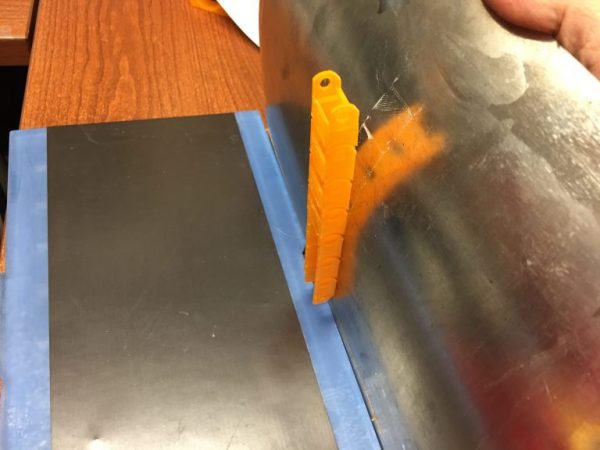Thankfully it’s rare that we report on something as tragic as the death of a 17-year old, but the fact that the proximate cause was a 3D printer makes it all the worse and important for us to discuss.
The BBC report tells of a recently concluded coroner’s inquest into the December death of a young man in a fire at his family’s magic shop in Lincolnshire. The building was gutted by the fire, and the victim died of smoke inhalation. The inquest found that he had been working with a 3D printer in the shop and using hairspray to prepare the bed, a tip he apparently picked up from forums and blogs.
Unfortunately for this young man and his family, the online material didn’t mention that hairspray propellant contains volatile hydrocarbons like propane, cyclopropane, n-butane and isobutane — all highly flammable. Apparently the victim used enough hairspray in a small enough space to create an explosive mixture of fuel and air. Neighbors reported a gigantic fireball that consumed the shop, which took 50 firefighters to control.
While the inquest doesn’t directly blame the 3D printer as the source of ignition — which could just as easily have been a spark from a light switch, or a pilot light on a water heater — it does mention that the hot end can reach 300C. And the fact remains that were it not for the 3D printer and the online tips, it’s unlikely that a 17-year old boy would be using enough hairspray in an enclosed space to create what amounted to a bomb.
By all accounts, the victim was a bright and thoughtful kid, and for this to have happened is an unmitigated tragedy for his family and friends. This young man probably had a bright future and stood to contribute to the hacker community but for a brief lapse of judgment. Before anyone starts slinging around the blame in the comments section, think about it — how many time haves you done something like this and gotten away with it? This kid got badly unlucky and paid the ultimate price. Maybe we should make his death worth something by looking at what we do that skates a little too close to the thin edge of the ice.
Continue reading “3D Printer Tragedy Claims A Life” →














